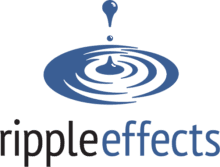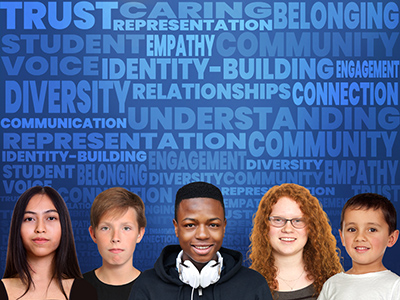Restorative Discipline: A Shift from Traditional Punitive Approaches
Watch the RecordingListen to the Podcast
Traditional discipline in schools can have long-term negative impacts, especially for students of color, often suspended for ambiguous and subjective reasons. Restorative discipline is a method that helps schools move beyond standard discipline to improve behavior equitably and in culturally responsive ways.
Restorative discipline specialists shared insights and practices that enhance student behavior, build community, and empower teachers in the edLeader Panel “Restorative Discipline That Works: 2024’s Best Practices and Strategies.”
Restorative Discipline Explained
Discipline in schools typically focuses on consequences. Sometimes, those consequences are arbitrary and may or may not be connected to the misbehavior that occurred.
Restorative discipline helps to identify the harm behaviors cause and then move through a repair process. It’s no longer just about the consequences, but analysis: exploring what happened, why it happened, the impact, and what was learned to effect behavior change.
Let’s say a student calls another student a name. Maybe the student gets detention. The student who experienced the act will likely reencounter the name-caller. But there has been no repair—the harm lingers, and the name-calling might reoccur.
Restorative discipline brings students back together through closure. Hearing from a student about the impetus for and the impact of their actions propels accountability. They reflect on why the act was wrong and what they must do next time.
Implementation: Awareness First
To implement restorative discipline in school, adults need context for its purpose and value. They must first explore, through an equity lens, how current disciplinary practices affect students.
They must know the history students and families bring to school, examine systemic racism to recognize how it is perpetuated through harmful discipline policies, and become culturally responsive. Such awareness builds varied ways of knowing and being, shaping a more informed and expansive response to cultures. A heightened understanding invites adults to see how certain students are judged unfairly and inaccurately.
Providing Support: A More Productive Approach
It’s a common scenario: A student misbehaves in class, and the teacher sends them to the principal’s office. The teacher can’t manage the disruption; the student is deemed disruptive. There are likely to be unpleasant consequences.
Yet, there are ways to handle such situations restoratively, supporting the teacher and providing opportunities to explore misbehavior’s root cause. Colleen Martin, Principal of Shoreline Middle School (CA), has implemented a unique push-in model that does both.
It’s called the bookmark system. Teachers have laminated bookmarks with their names to use to alert school leaders and support staff about a classroom disruption. A teacher experiencing trouble with a student will send another student on an “errand” to the office with the bookmark, signaling to Martin, the assistant principal, the school counselor, or the campus supervisor that support is needed.
The alerted individual comes to the classroom. They don’t approach the teacher, who continues instruction. They find an empty desk (often next to the student who might have been disruptive) and observe and listen to determine what happened. They look for the behavior’s antecedent to support classroom management.
Suppose they observe students who are not behaving in class or engaging well with others. In that case, they can connect with each of them afterward to unpack what happened in the classroom instead of having them sit in the office, waiting for two class periods to see an administrator.
In this system, teachers don’t send students out of the classroom to the office. They don’t call the office to say they can’t manage their class. There is no blaming of teachers for not having controlled the disruption. Administrators address the core of the problem, like assisting students who need help with an assignment to get it done. They allow the student to discuss what is happening and take responsibility. The result? The model reduces—almost eliminates—exclusionary discipline.
Toward Restorative Discipline: Action Steps
Implementing restorative discipline requires adults to embody and model a restorative way of interacting with each other. They must first develop and strengthen equity and cultural responsiveness skills, create welcoming environments that promote belonging, focus on authenticity, and center the humanity of adults and students.
Every student should have one adult in the school they trust and can talk to. Such relationships lay the foundation for restorative practice. They help to form community and connection, model authentic engagement, and let students know their voices matter.
These methods bolster students’ abilities to interact and have restorative conversations with their peers. Students also tend to learn at their highest levels in a trusting community, where they feel safe taking risks and making mistakes to ultimately do better, reducing misbehavior and shifting away from less productive disciplinary approaches.
Learn more about this edWeb broadcast, Restorative Discipline That Works: 2024’s Best Practices and Strategies, sponsored by Ripple Effects.
Watch the RecordingListen to the Podcast
Join the Community
Social-Emotional Learning is a free professional learning community where educators can collaborate and share ideas, examples, and resources for incorporating social-emotional learning in the classroom.

Article by Michele Israel, based on this edLeader Panel





Comments are closed.